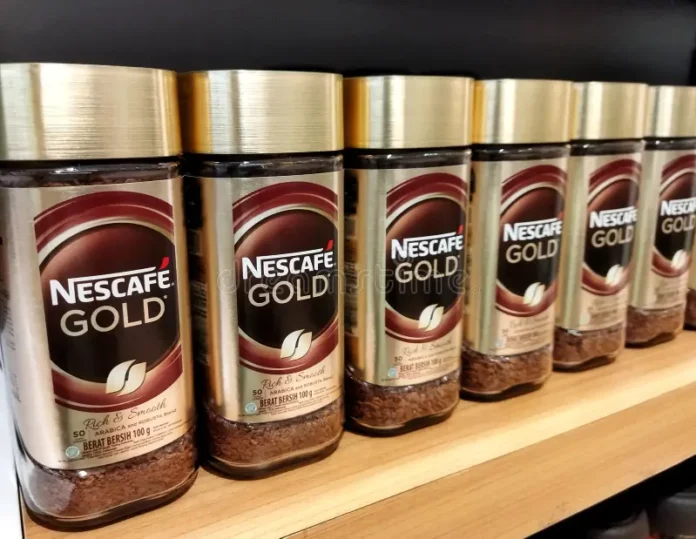If your favorite coffee beans have disappeared from store shelves, don’t panic—they’ll be back soon. However, expect to pay up to 25% more for them.
Major coffee roasters like Lavazza, Illy, Nestlé, and JDE Peet’s, the maker of Douwe Egberts, are negotiating with retailers to pass on the rising costs caused by a near doubling of arabica coffee prices over the past year, according to eight industry sources.
The surge in raw arabica prices stems from four consecutive seasons of supply shortages, as extreme weather conditions make it increasingly difficult to grow enough of these delicate beans to meet demand.
As roasters push for higher prices, supermarkets and grocery stores have resisted, delaying new supply agreements to the extent that some have run out of stock.
A case in point: Dutch supermarket giant Albert Heijn, the country’s largest, temporarily ran out of coffee brands like Douwe Egberts and Senseo. After concluding negotiations with JDE Peet’s, the products returned to shelves on March 20—though at higher prices.
“JDE’s purchase prices have risen significantly. To keep products affordable, we will absorb part of the increase,” an Albert Heijn spokesperson stated.
JDE Peet’s, which has already warned of a profit decline this year due to soaring coffee costs, acknowledged that negotiations in the Netherlands and Germany led to some of its products disappearing from shelves. However, the company has since finalized 90% of its global price agreements.
Arabica prices, which spiked 70% last year, have already climbed another 20% in 2024. Brazil, which produces nearly half the world’s arabica, suffered one of its worst droughts on record, exacerbating the supply crunch.
Raw coffee beans typically make up around 40% of the wholesale cost of a bag of roasted and ground coffee. If last year’s price hikes were fully passed on to consumers, retail prices would need to rise by about 28%, according to Reg Watson, director of equity research at Dutch bank ING.
Watson anticipates price increases of 15%-25%, noting that in some markets, consumers may experience the hike all at once.



















